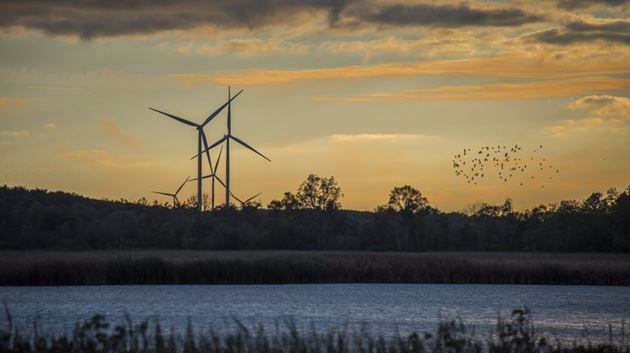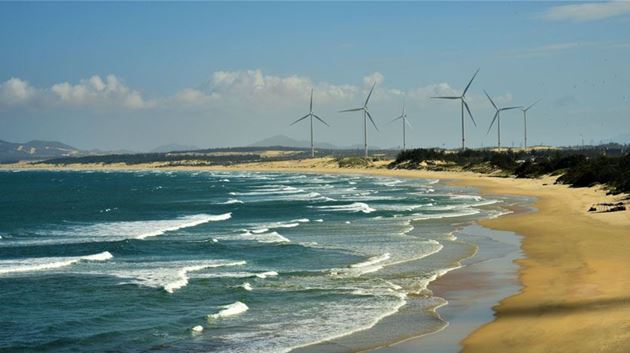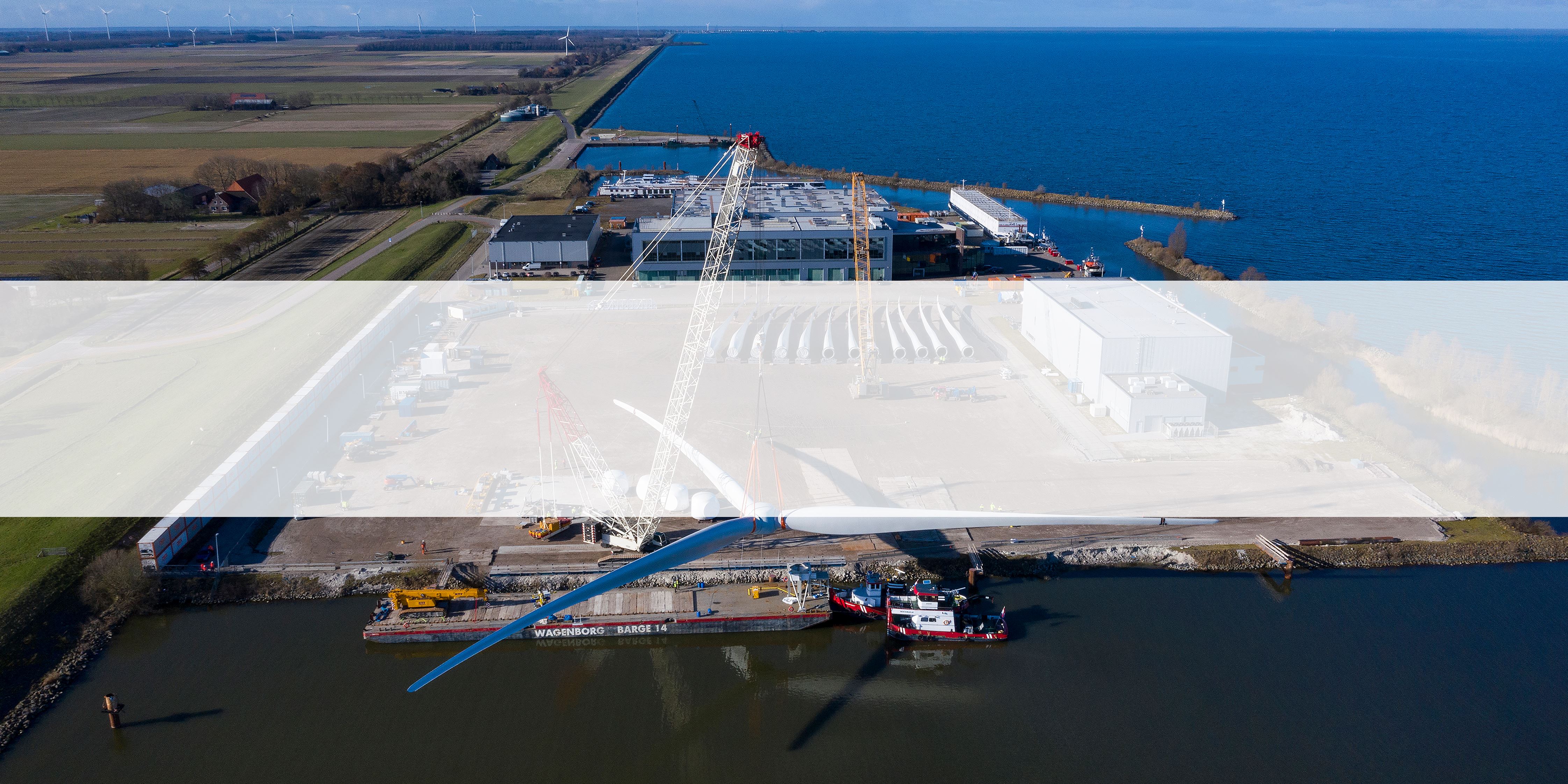
Setting new standards at the world’s largest lake-based offshore wind power plant
What does it take to build the world's largest offshore wind power plant in an inland freshwater lake? For starters, a lot of cooperation, resourcefulness to overcome logistic challenges, and commitment and responsibility to the environment. Welcome to Windpark Fryslân in the IJsselmeer, 100 km north of Amsterdam – a unique project using onshore turbines in offshore waters.
First of all, its 380 MW capacity makes Windpark Fryslân the largest inland lake offshore wind project in the world. With 89 4.3 MW-capacity turbines from Siemens Gamesa, Fryslân will generate annual energy production of approximately 1.5 terawatt-hours, sufficient to power 500,000 households and take care of about 1.2% of the electricity use in The Netherlands.
Yet, this project also exemplifies the tremendous potential for collaboration between onshore and offshore. Their turbines anchored in the water are an onshore model - SWT-4.3-130 – adapted to these unique conditions. This demanded both special redesign skills to ensure the turbines would work in an offshore setup and seamless cooperation between our onshore and offshore teams across all stages of the project.
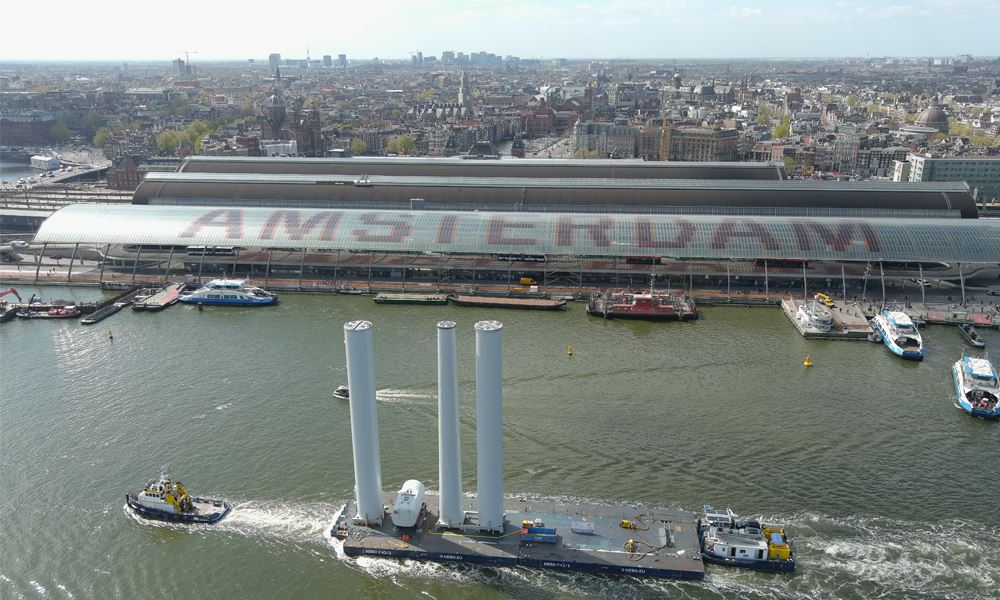
Assembly was also critical as the rotors are very sensitive to wind. Each turbine must be tested post-assembly to ensure that all the mechanisms are in order. "It is a very special, precise operation taking around 19 hours to install one turbine - from the first lift to the final rotor placement," adds Flemming Hansen.
The tower needed some design customization too. It was necessary to adapt the transformer, power and cooling units to fit the offshore projects' monopiles. "We thus had to make a special design to carry these units in the bottom tower," added Josephine Hansen, Commercial Project Manager from Siemens Gamesa. "It was quite a task designing the tower, and it was handled adeptly by our tower engineers supported by the knowledge of our onshore team. Here again, we have a brilliant showcase of the stellar cooperation between the two teams."
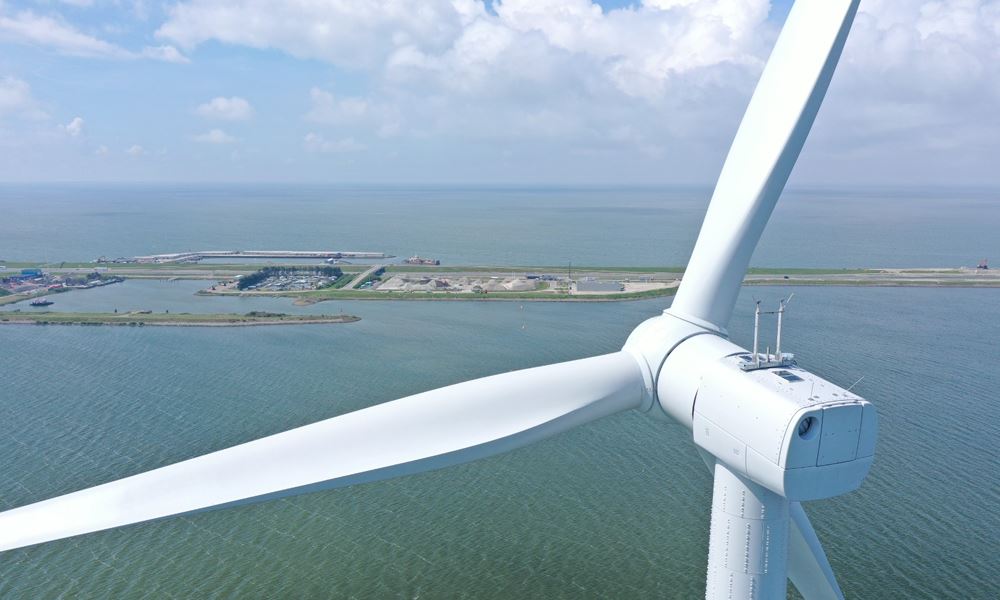
Even the arrangement of the wind turbines has received exceptional attention. In the form of a hexagon, this setup ensures that the wind turbines minimize the visual impact of the horizon. With an approximate distance of 600 meters between the wind turbines, it will be possible to sail in between them when completed. In fact, Windpark Fryslân will be a safe sailing area and the turbines will be fitted with nautical safety signs.
Finally, the onshore substation, where the power from the wind turbines is converted from 33 kilovolts to 110 kilovolts, is worth mentioning. The functionality inside remains dedicated to ensuring efficient transmission of energy from the dike where it’s located to the grid connection in Friesland. Externally, the Siemens Gamesa design team finalized the customer’s base plan to use aluminum plates as a kinetic façade activated by wind. From a distance, they look like waves on the IJsselmeer.
Unlike other projects, the area around the substation will be open for the public in order to be transparent and educate visitors. The building has a “clean-cut” through the construction which creates space for a public corridor where visitors can see all the equipment inside the building. Measuring an impressive 42 meters long by 8 meters tall, this architectural masterpiece will be a remarkable addition, respecting the beautiful nature and surrounding environment.
It is invaluable to discover how the combination of technological creativity, logistical effort, teamwork, and environmental conservation can produce such extraordinary results. This project is an incredible feat in innovation that will soon be supplying clean electricity to thousands of Dutch households and companies.

